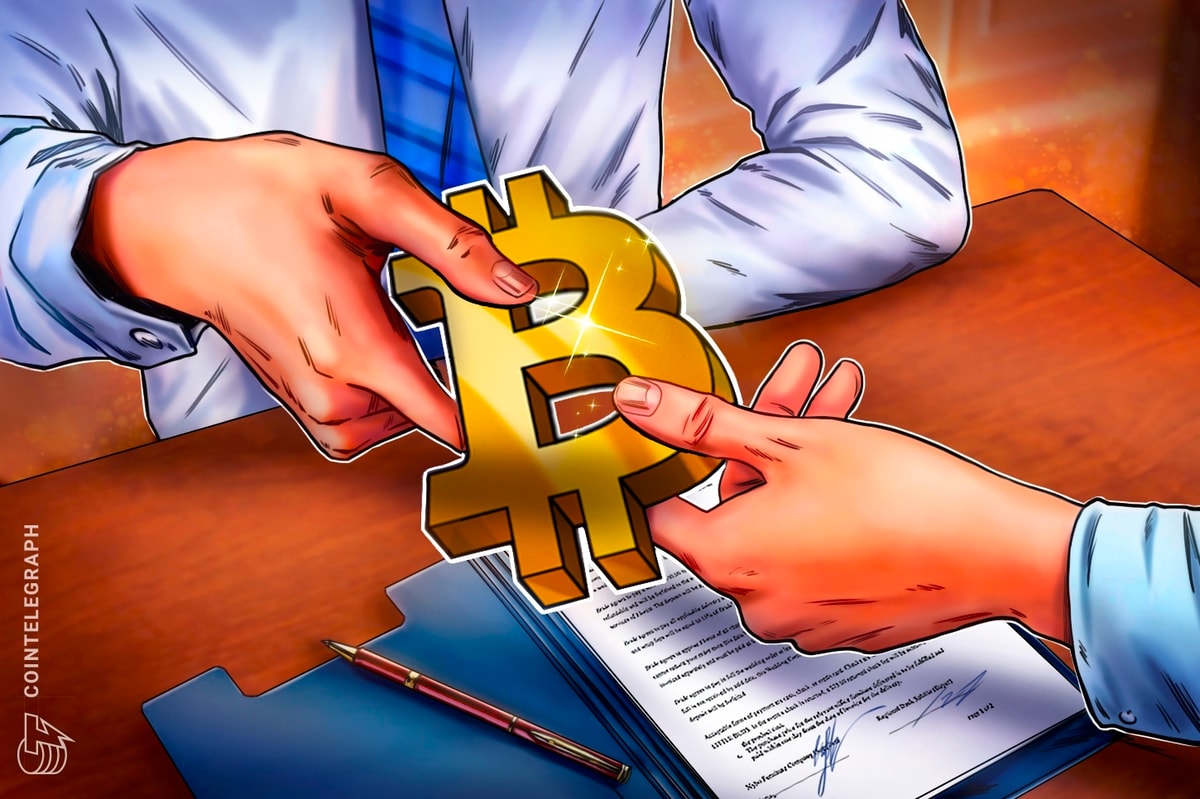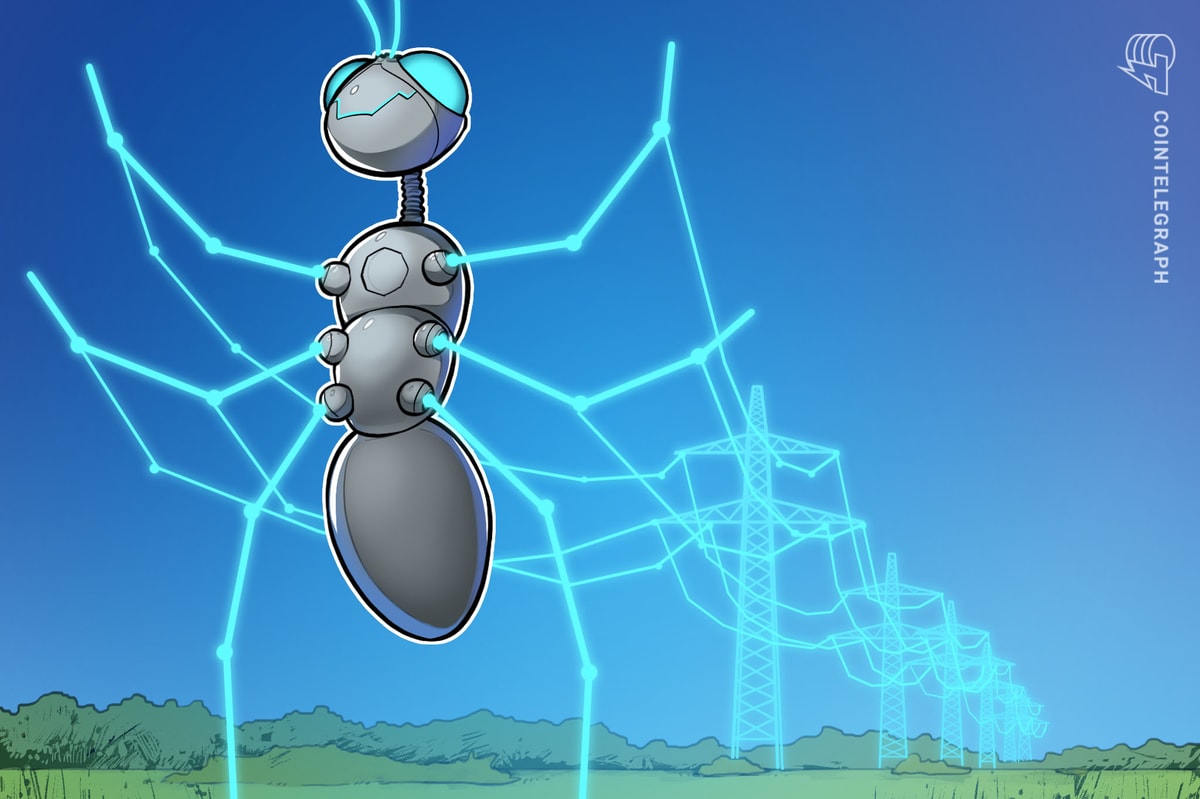Stablecoins dominate cryptocurrency transactions in Brazil, according to Gabriel Galipolo, president of the Central Bank of Brazil.
Speaking at a Bank for International Settlements event in Mexico City, Galipolo said digital asset use in Brazil has surged in the last three years, according to a report by Reuters. Galipolo said 90% of crypto use in the country can be linked to stablecoins.
Galipolo highlighted the regulatory and oversight challenges presented by widespread use of stablecoins in payments, particularly around taxation and money laundering.
Central bank chief says Brazil’s Drex is not a CBDC
In the report, the official also said that the country’s Drex digital currency project is not a central bank digital currency (CBDC). Instead, Drex is being developed as an infrastructure project aimed at improving credit accessibility through collateralized assets, Galipolo said.
He said Drex will use distributed ledger technology to settle wholesale interbank transactions. The official added that retail access will be based on tokenized bank deposits.
On Oct. 14, 2024, Brazil’s central bank said that it was testing the capabilities of Drex to be integrated with tokenization and decentralized finance (DeFi). The bank also said it was testing Drex’s interactions with other networks.
Drex is intended to replace the country’s real-time gross settlement system, the Sistema de Transferência de Reservas (STR). Drex coordinator Fábio Araújo said the digital asset will function as “STR 2.0,” but needs more details before beginning operations.
Related: US lawmakers propose stablecoin bill to boost dollar dominance
Crypto and stablecoin adoption in Brazil
Crypto activity in Brazil is second only to Argentina in the Latin American region. On Oct. 9, a Chainalysis report revealed that crypto users in Brazil deposited about $90 billion in digital assets between July 2023 and June 2024.
The report highlighted that Brazil’s stablecoin volume in the same time frame was only at 59.8%. Bitcoin (BTC), Ether (ETH) and Altcoins shared the rest of the transactions.
In August 2024, e-commerce fixture Mercado Libre issued a dollar-pegged stablecoin called the “Meli Dollar” in Brazil as the country saw a surge in crypto trading.
Apart from Latin America, stablecoins have also gained massive adoption across the globe in 2024, beating major traditional finance players in transfer volumes.
On Jan. 31, crypto exchange CEX.io reported that the annual stablecoin transfer volume reached $27.6 trillion last year, surpassing the combined volumes of Visa and Mastercard.
Magazine: Stablecoin for cyber-scammers launches, Sony L2 drama: Asia Express











